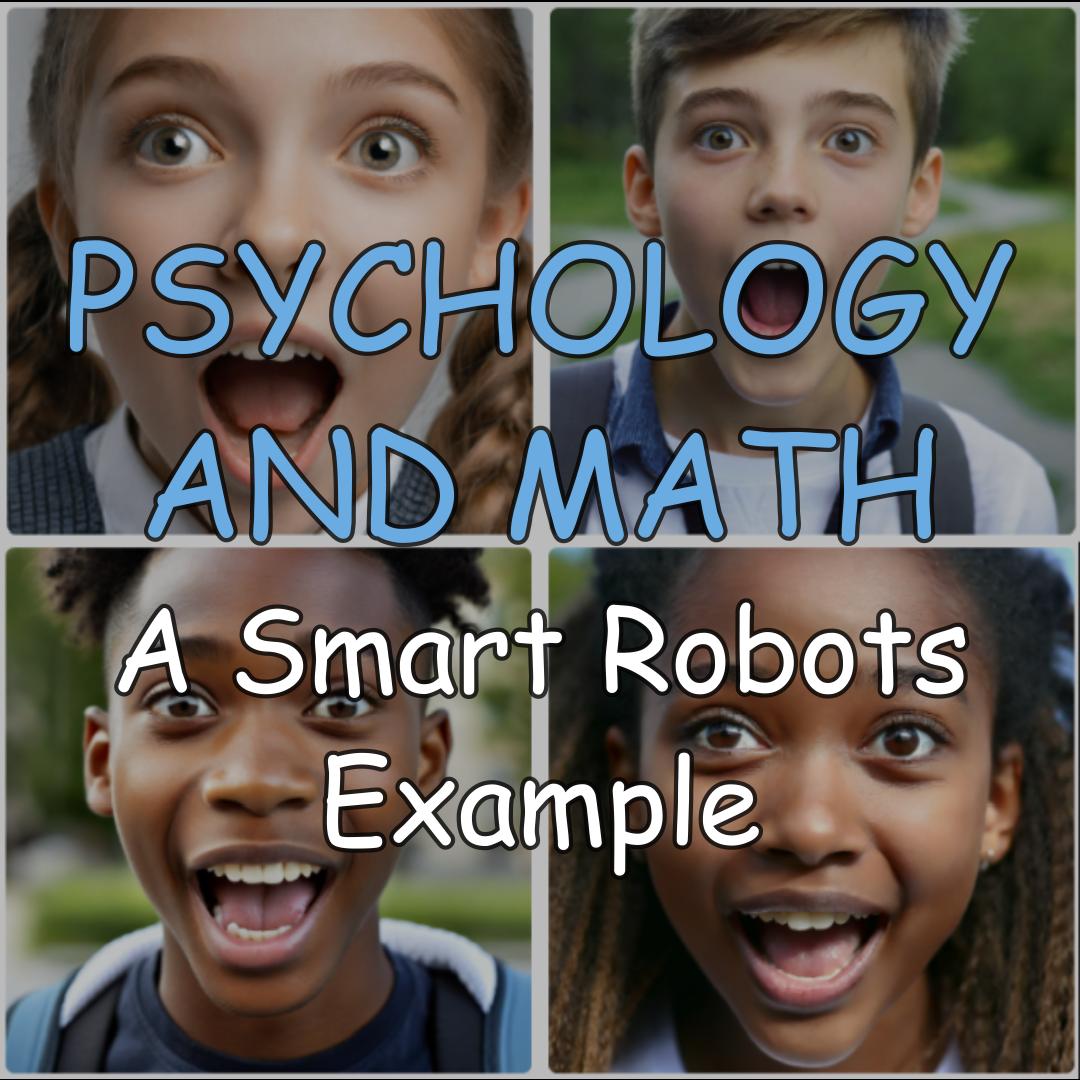Psychology and Math for Creating Smart Systems
Example of a Smart System
Both psychology and math might seem like they belong to different worlds, but they come together in surprising ways. For example, have you ever heard of a drowsy driver detection system? This clever system keeps an eye on the driver’s behavior and warns if they’re falling asleep. Here’s a brief to give you an idea of how it works.
How Psychology and Math Come into Play
Many of these systems use special cameras that analyze a driver’s face to monitor their behavior. This involves the mathematical analysis of facial expressions, eye movements, and other subtle cues that psychologists link with states of alertness or drowsiness.
The math part is actually quite elementary. Imagine looking in the mirror with a neutral face. Now, try this:
- Raise your brows.
- Open your eyes wide.
- Open your mouth.
Your face probably looks surprised, right?

Each facial muscle movement has its own mathematical code, and combinations of these codes are used to teach computers to recognize facial expressions. In our example, if a camera detects a person simultaneously raising brows, opening eyes wide, and opening the mouth, the computer can interpret the mathematical code “1, 2, 3” as “the person is surprised.” This system is called FACS, or Facial Action Coding System, one of the world’s most widely recognized systems for analyzing facial expressions. It’s used in various fields, from lie detector tests to creating realistic video game characters and even in collaborative robots. You can read more about it on Wikipedia.
Conclusion
This was a simple example of how the analysis of human facial movements can be translated into mathematical codes. Psychology and mathematics also meet for creating algorithms that help cameras understand when a person raises their brows or opens their eyes wide. Stay tuned for another blog post in the future, where we’ll dive deeper into this fascinating topic!
Video version
The video version of this blog post explains everything in further detail, featuring actual codes used in FACS and animations on real human faces. Check out the preview of this video below or subscribe to get access to all our full videos.
